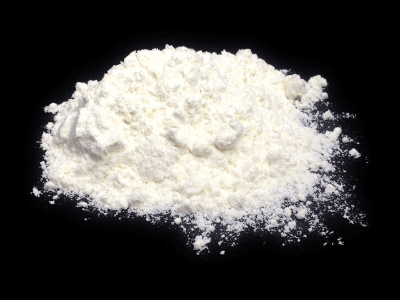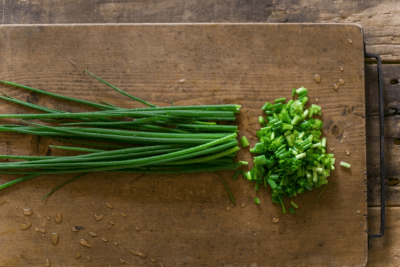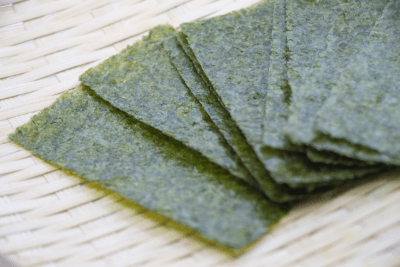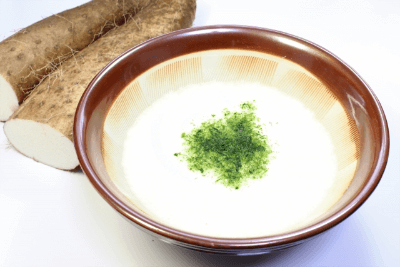

182 Cooking Classes in Osaka
39 Classes in Osaka
13 Classes in Osaka
15 Classes in Osaka
20 Classes in Osaka
6 Classes in Osaka
8 Classes in Osaka
11 Classes in Osaka
11 Classes in Osaka
9 Classes in Osaka
12 Classes in Osaka
7 Classes in Osaka
2 Classes in Osaka
72 Classes in Osaka
9 Classes in Osaka






It was really fun making takoyaki, yakisoba, and daifuku! It inspired us to look into getting our own takoyaki plates. We had enough leftover from the session for dinner, and it was delicious!
We had the most amazing cooking experience. We were picked up from the station and went to the Keiko’s home. Here we started with the okonomiyaki, omu soba and the mochi. Keiko helped us with every step along the way with an honest and friendly smile. It felt special and we learned a lot. Would h...
We decided to do this experience completely by chance, and it pleasantly surprised us. Keiko is an exceptional person. The food we prepared was delicious, and we can’t wait to make it again at home. It was also a culturally enriching experience: she explained many things to us about Japanese cult...
We decided to do this experience completely by chance, and it pleasantly surprised us. Keiko is an exceptional person. The food we prepared was delicious, and we can’t wait to make it again at home. It was also a culturally enriching experience: she explained many things to us about Japanese cult...
Maya and her mother were very welcoming Their explanations were clear and the little tips given were really appreciated We had a really great time cooking and tasting our own meals We recommend if you want to pass a wonderful time cooking and learning Japanese culture Thanks again Tarik ...
Popular cheap soba making classes in Osaka include Cooking Okonomiyaki and Yakisoba On the iron plate (^o^)/~~ Osaka Sakai City .
Some of the best soba making classes for vegans in Osaka include \"Okonomiyaki\"(Omelet soba) ,Japanese sweets and Matcha(Tea ceremony)! one lesson per group\r\n(alone, with your parter, friends, family, etc.)(halal/vegan acceptable).
On average soba making classes in Osaka cost ¥7313 per person (based on airKitchen prices).
\"Okonomiyaki\"(Omelet soba) ,Japanese sweets and Matcha(Tea ceremony)! one lesson per group\r\n(alone, with your parter, friends, family, etc.)(halal/vegan acceptable) is popular with other travelers visiting Osaka.
All soba making classes in Osaka on airKitchen are offered in English.
Please note that this is an example, and classes vary by host.
Buckwheat flour and water are the foundation of soba noodles, though often wheat flour is also added. The dough needs to be worked into a smooth, round ball.
Using a roller, spread the dough into a thin, rectangular sheet. Then use a sharp knife, preferably a sobakiri for soba specifically, to slice noodles out of the dough.
Boil your noodles for about just one minute, before draining and rinsing them under cool water.
The broth and ingredients soba noodles are served with depends on the type of dish you're making. Some popular toppings include green onion, aburaage (deep-fried tofu), seaweed, and tempura.
With your noodles and other ingredients prepared, you're ready to assemble everything for serving! Depending on what soba dish you're making, noodles might be served in broth or alongside dipping sauce, hot or cold.
One of the most recognizable and simplest forms of soba, zaru soba consists solely of cold soba noodles served alongside a chilled dipping sauce. Mori soba is identical to zaru soba except that only zaru soba has nori (dried seaweed) sprinkled atop.
Kake soba is a simple way to enjoy soba noodles in a hot dish. Noodles sit in a mild broth flavored with soy sauce, mirin, and dashi. Green onion and shichimi pepper are typical garnishes.
There are several theories as to how kitsune soba got its name – "kitsune" means "fox" in Japanese. One claims that foxes love the abuurage (deep-fried tofu) that always accompanies this type of kake soba dish. Confusingly, kitsune soba is called tanuki soba in Kansai, but tanuki soba carries a different meaning in Kanto – read on to learn more.
Tanuki soba, known as haikara soba in Kansai, features tenkasu as a topping. Tenkasu refers to small, crunchy pieces of deep-fried tempura (flour) batter. It is always served warm.
As its name suggests, tempura soba is characterized by its tempura toppings. Shrimp and vegetable tempura are popular choices, though some vendors use kakiage as a cheaper alternative. Kakiage is tempura made from varied small bits of seafood and veggies. This type of soba dish is served both hot and cold.
Also known as yamakake soba, tororo soba is distinguished by the slimy nagaimo potato puree that garnishes it. The glutinous and fresh texture of the grated nagaimo contrasts well with the salty, dashi-flavored broth. Another dish that can be eaten both hot and cold, it is often topped with egg and green onion.
Oroshi soba is a chilled and refreshing dish served with a cold sauce. It is always topped with grated daikon (daikon oroshi), as well as usually dried seaweed (nori) and green onion.
Buckwheat flour
Green onion
Dried seaweed
Deep‐fried tofu.
Grated yam
Grated Daikon Radish
For tourists, Osaka is one of the best spots in Japan. The night is the best time to roam around the city. Osaka is known for its tall building, and at night, these buildings look great when lit. You can find all the Japanese dishes in Osaka. The majority of restaurants and cafes offer several types of soups and noodles in Osaka. Soba is one of them. It is a famous noodle in Japan. For people outside Japan, Soba noodles appear like spaghetti, but they taste different. Buckwheat flour is used to make soba. In Osaka, sobs are readily available. Kake soba, Tempura Soba and Tanuki soba are some of its common types. Join a soba making class in Osaka to learn the art of making soba. You will learn how to make soba noodles at home. The recipe is the main thing, and you will learn the original method for making soba.


























